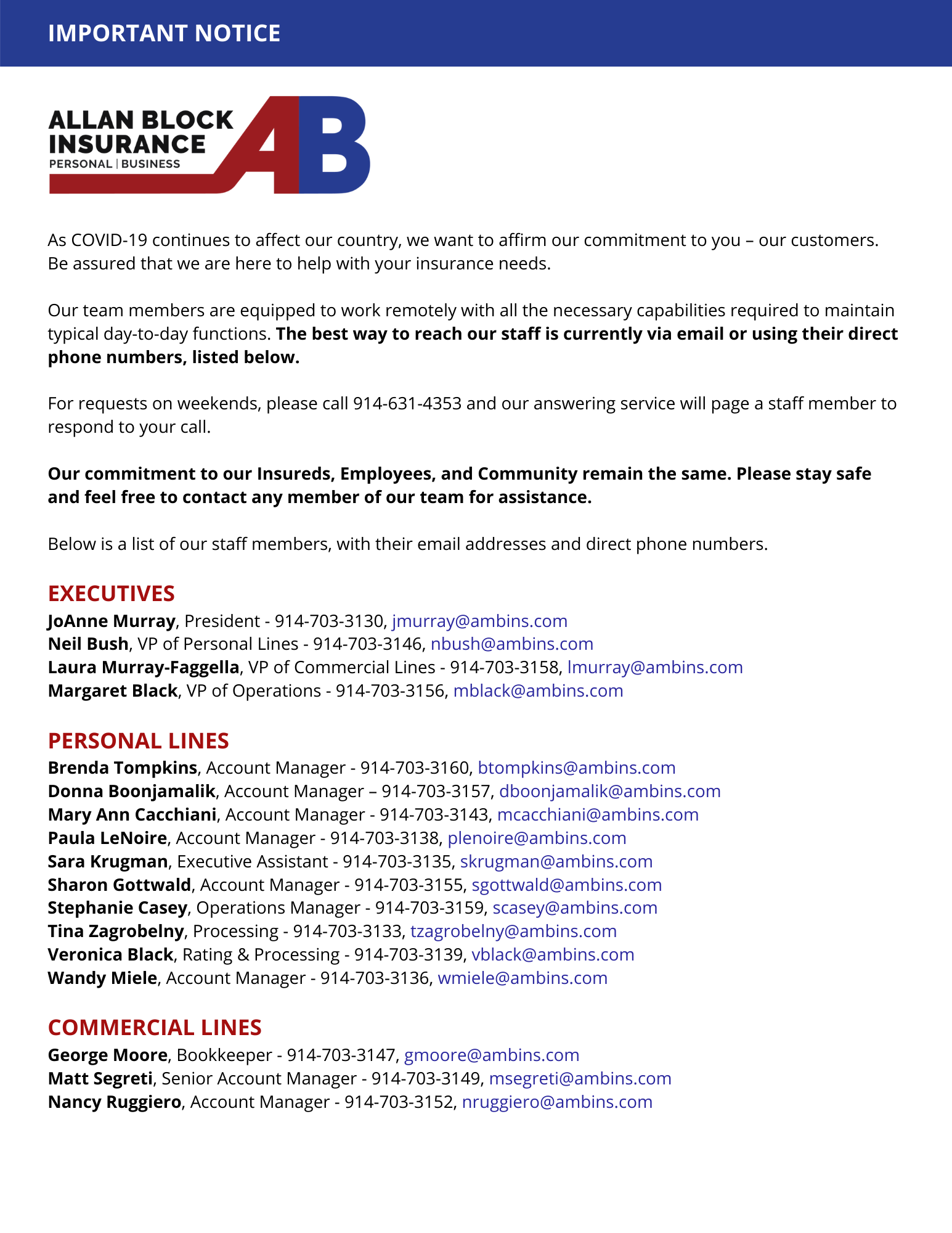Global Workplace Analytics estimates that by the end of 2021, 25% to 30% of employees will work from home “multiple days a week.”
Working from home, however, entails new risks, so businesses allowing remote work should enshrine official guidance. This includes a written agreement between the employer and the employee that defines the employer’s expectations of those working from home. Such agreements can protect your business from workers compensation, employment practices liability, cyber loss, and other insurance claims.
Here are some tips for a written remote-work plan.
Determine who can work from home. Not every employee has the discipline or personality type to succeed at working from home, and not all jobs are suitable for this model. Allow remote work selectively, because once you’ve approved an employee to work from home, you may face employment practices complaints about a reversal of that decision.
Train the entire chain of reporting on the requirements of remote work. Employees should have quick access to supervisors who can help them solve problems, and someone with expertise in workplace safety should be in charge of reviewing, adjusting and approving the home office. Ergonomics, environmental hazards, and travel, cyber and interpersonal perils should all be considered.
Establish regular working hours. Make sure the employee documents working the mandatory seven- or eight-hour day. You may include a work-hour range—for example, any eight hours from 6 a.m. to 7 p.m. This will help with workers compensation and wage and hour complaints.
Provide information technology support. Cyber attacks against remote workers have vastly increased over the past year. Virtual private networks, multifactor authentication, IT review of home Wi-Fi, and restricted access to business computers are all needed.



